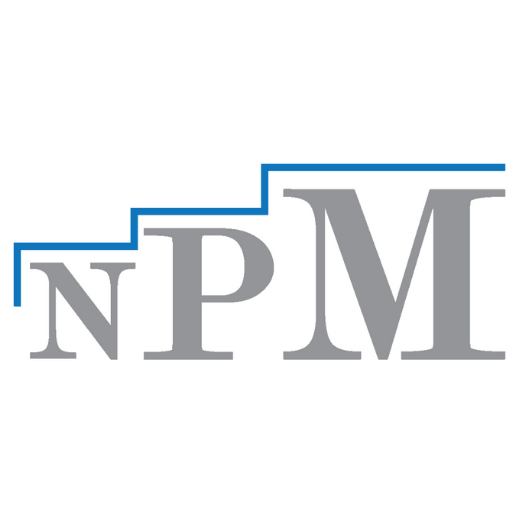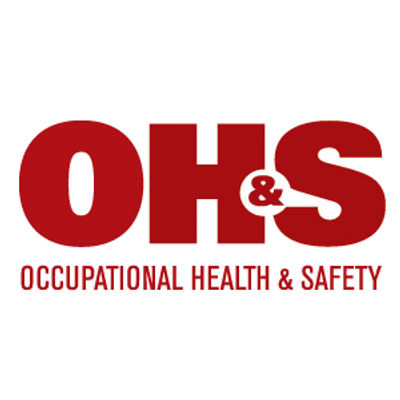While no organization can eliminate every potential hazard, a proactive, well-structured approach to assessing workplace health and safety is an indispensable part of long-term success. One of the most effective ways to achieve this is through a comprehensive occupational health and safety audit. This audit helps identify risks and vulnerabilities, ensuring that organizations stay ahead of potential dangers before they turn into costly incidents. By regularly evaluating workplace practices, businesses can develop more effective safety strategies that not only meet regulatory standards but also support the well-being of their workforce, ultimately contributing to greater operational efficiency.
Identifying risks is just one part of the equation. To truly succeed, organizations must also foster a strong safety culture. An occupational health and safety audit plays a key role in cultivating this culture, as it helps to uncover areas that may require further attention and improvement. When employees and management are aligned in their commitment to safety, it creates a shared sense of responsibility. This shared commitment enhances communication and encourages collaboration in solving safety-related challenges. A well-established safety culture can lead to more vigilant employees who are invested in reporting hazards and following best practices to minimize risks.
Moreover, a successful occupational health and safety audit is not just about identifying problems—it’s about creating an environment of continuous improvement. Regular audits allow organizations to track the effectiveness of their safety measures, making it easier to adjust and refine strategies as needed. By continually improving practices based on audit findings, businesses ensure that their safety protocols evolve with changing risks, new technologies, and updated regulations. This ongoing process of assessment and enhancement positions organizations for sustainable growth and innovation, as they can operate more efficiently, reduce downtime, and attract and retain top talent by providing a safer and more supportive work environment.
Ultimately, the long-term success of any organization hinges on its ability to protect its most valuable asset—its people. By investing in regular occupational health and safety audits, businesses not only safeguard their employees but also enhance their potential for sustained growth and success. This forward-thinking approach allows them to stay competitive in a constantly evolving market while fostering a positive and productive workplace culture.




